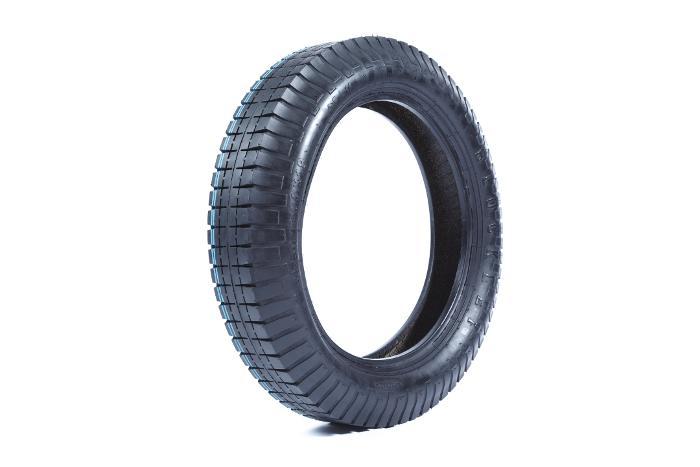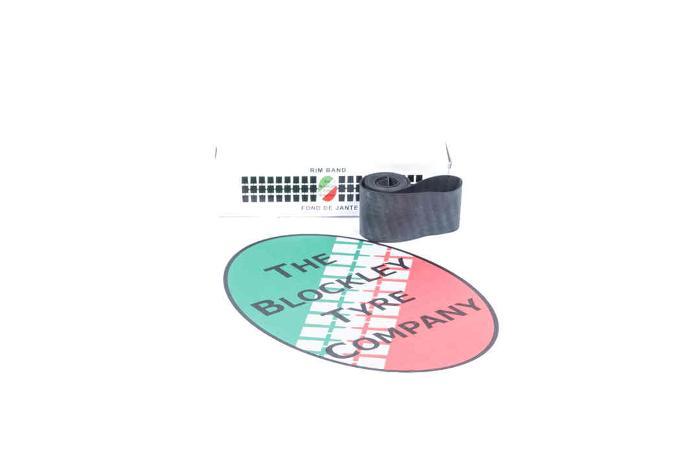Singer - Singer 9 & Le Mans
The Singer 9 was introduced in 1932, and grew out of the earlier 8hp model which it replaced. The earlier 8 engine had been altered with a larger bore (60x86) to 972cc, still with overhead camshaft producing 31bhp. This engine had first been shown in 1931 in a saloon car just before the Junior model was replaced by the Singer 9, to be built at Coventry rather than Birmingham. Although the Singer 9 was a 4 seater saloon, from late 1932 the Singer 9 Sports was also offered, with the wings changed for a more practical full wing by 1934. The Sports model was run at Le Mans in 1933 with drivers Barnes and Langley averaging 49.4 mph, and although finishing last, was one of only 13 cars to complete the distance. After the Le Mans outing it was decided to improve the Singer Sports into the Singer Le Mans. This new Le Mans had the same wheelbase but an underslung and lowered chassis frame to lower the centre of gravity, and now came with hydraulic operated brakes. The body was a little shorter to make room for the larger 12 gallon capacity slab fuel tank with twin spare wheels behind it. The same Singer 972cc engine was tuned with higher compression and improved breathing from the higher lift overhead camshaft, with many modifications to crankshaft design allowing the engine to now run to 5000 rpm, making full use of the closer ration gearbox, operating through a stronger clutch. The new ribbed sump with increased oil capacity was also added. At the same time as the Le Mans model was made, Singer also produced the "Special Speed" model, which was the same specification but with proper wings and running board, and a larger passenger area even with its 13 1/2 gallon fuel tank, by moving the spare wheels further back, and when the Singer 9 Le Mans production ceased in 1935, the Special Sports stayed in production for a further 2 years.
Competition outings were excellent publicity for Singer, and not just their regular appearances at Le Mans, but International Rallies such as the Alpine, Monte Carlo and Liege-Rome -Liege, as well as home grown events such as the London-Edinburgh-London, London-Exeter (winning many awards), At the same time that the Singer 9 Le Mans was produced, there was also a larger six cylinder 1500cc version built called the 1 1/2 Le Mans. The Singer 9 stayed in production until 1937.
Tyre size for Singer 9 : Tyre size quoted originally was 450x18. The larger engined 1 1/2 litre Le mans originally fitted 4.75x18 tyres. Blockley manufactures a 450/500x18 tyre, with period correct 3 stud pattern, which fits all models of Singer 9.

